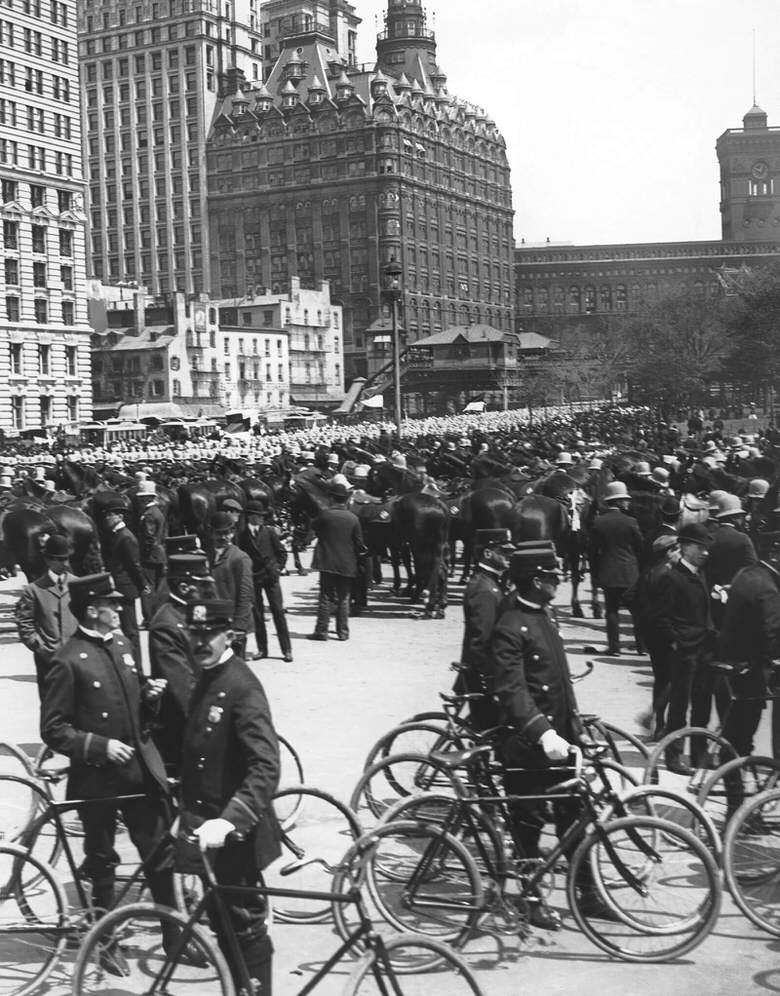
Electric Cars Came First
Believe it or not, electric cars were invented before the gas-powered car. A British inventor named Robert Anderson built the first electric vehicle in 1832. He had motorized a carriage powered by electricity. It wasn’t until 1886, that the first gas-powered vehicle was invented by Carl Benz. Although gas-powered cars would become the more economical and preferred car to electric cars, originally it was the electric car that held those distinguishments. The first practical electric car in the U.S. was introduced around 1890 by William Morrison, a chemist from Des Moines, Iowa. The vehicle he invented was nothing more than an electric wagon, but it could seat six passengers and reach speeds up to 14 mph. From the late 1800s to the early 1900s, electric vehicles saw great progress. Several automakers throughout the U.S. were rolling out electric vehicles, and at their peak, they accounted for nearly 40 percent of all vehicles, which included electric, gas-powered, and steam-powered vehicles. Electric cars were the more convenient vehicle as opposed to gas-powered or steam-powered ones. Gas automobiles required physical strength to crank-start the engine and shift gears. Steam engines would take up to 45 minutes when starting to allow the steam pressure to build. Electric vehicles did not require any of that physical demand and ran much quieter. There were multiple options for charging electric cars. In New York City, there were public charging stations called the “Electrant.” The vehicles could be charged at the dealership, where the batteries would be removed and then recharged. And the final option was to have in-home charging installed. After the invention of the Model T in 1908, electric cars began their decline. Nonetheless, electric vehicles still reserve the honor of being invented before the gas-powered vehicle.

